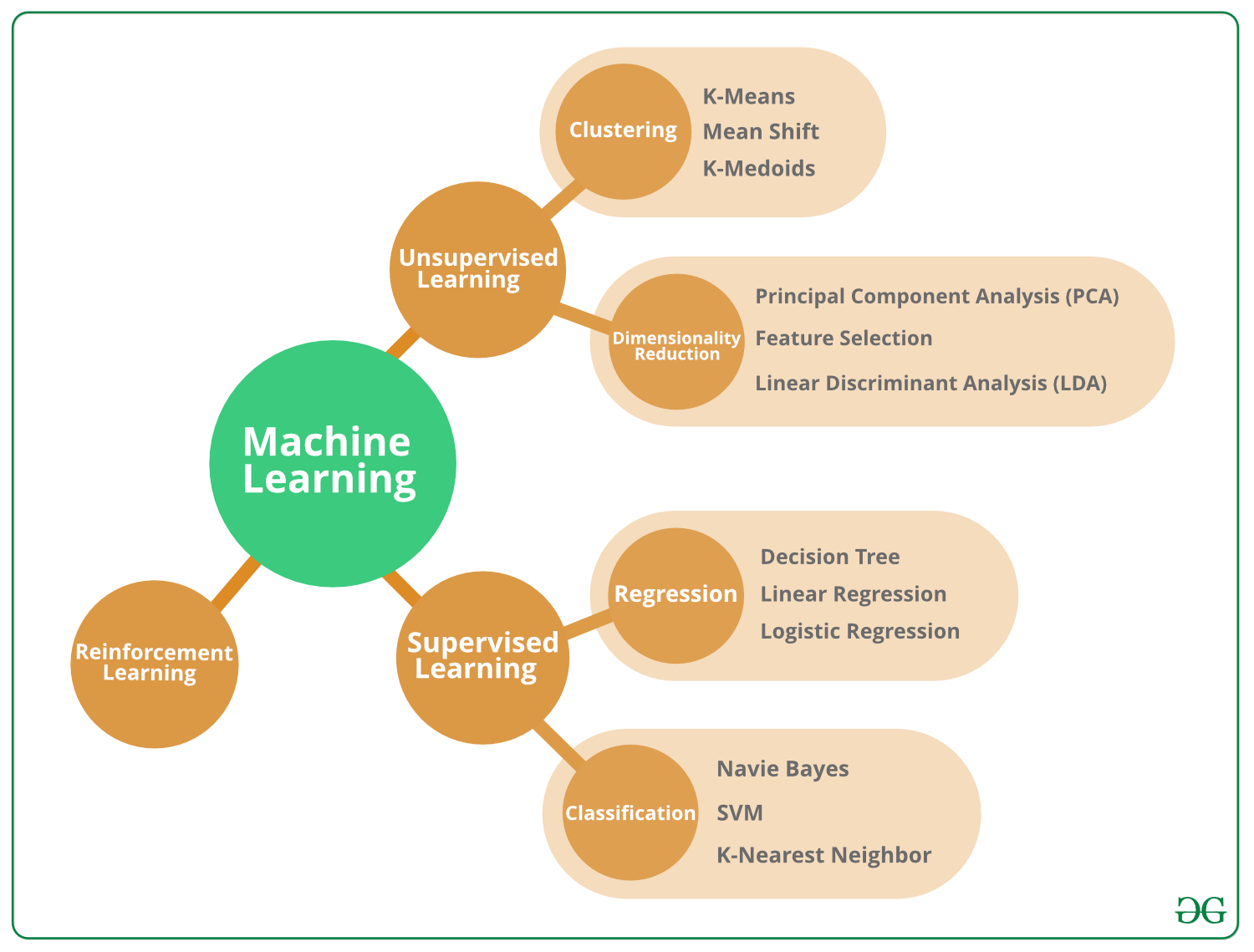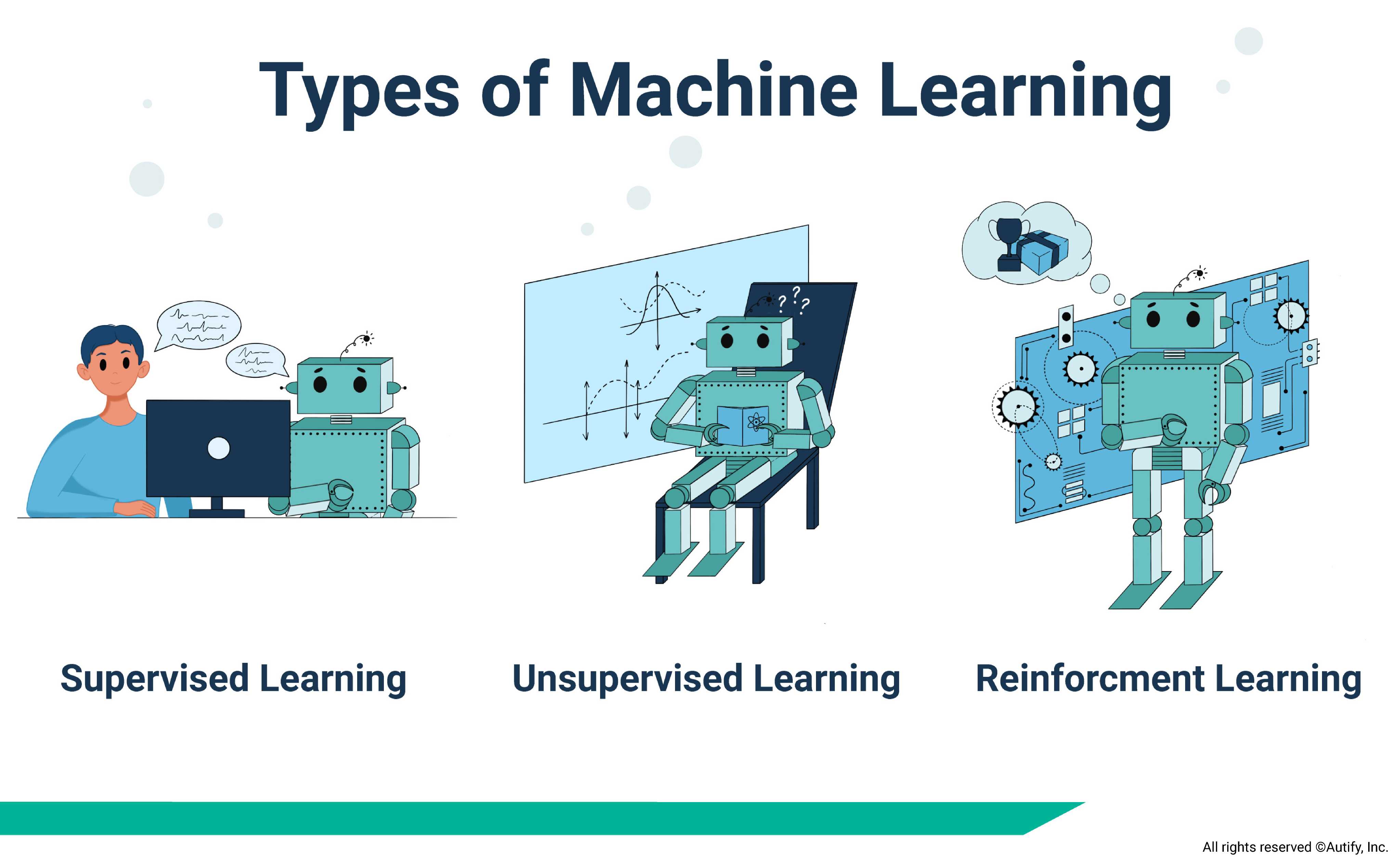Machine Learning Presentation
| Introduction to Machine Learning | ||
|---|---|---|
| Machine learning is a branch of artificial intelligence that focuses on developing algorithms and models that enable computers to learn from and make predictions or decisions based on data. It involves training machines to recognize patterns and make accurate predictions without being explicitly programmed. Machine learning is used in various applications, including image recognition, natural language processing, and predictive analytics. | ||
| 1 | ||
| Types of Machine Learning | ||
|---|---|---|
| Supervised Learning: In this type, the machine is trained on a labeled dataset and learns to predict or classify new data based on the provided labels. Unsupervised Learning: Here, the machine learns patterns and structures in the data without any predefined labels or outcomes. Reinforcement Learning: It involves training a machine to interact with an environment and learn from feedback in the form of rewards or penalties. | ||
| 2 | ||
| Machine Learning Process | ||
|---|---|---|
| Data Collection: Gathering relevant and high-quality data to train the machine learning model. Data Preprocessing: Cleaning, transforming, and preparing the data for analysis, including handling missing values and outliers. Model Training: Using the prepared data to train the machine learning model by optimizing its parameters and tuning hyperparameters. | ||
| 3 | ||
| Popular Machine Learning Algorithms | ||
|---|---|---|
| Linear Regression: Used for predicting continuous numerical values based on input features. Decision Trees: Tree-like models that make decisions based on feature conditions and are widely used for classification and regression tasks. Random Forest: An ensemble learning method that combines multiple decision trees to improve prediction accuracy. | ||
| 4 | ||
| Challenges and Considerations in Machine Learning | ||
|---|---|---|
| Overfitting: When a model performs exceptionally well on the training data but fails to generalize to new, unseen data. Bias-Variance Trade-off: Balancing the model's ability to capture the underlying patterns while not being overly sensitive to noise or outliers. Feature Selection: Choosing the most relevant features to avoid overfitting and improve model performance. | ||
| 5 | ||
| Future of Machine Learning | ||
|---|---|---|
| Continued Advancements: Ongoing research and development in machine learning algorithms, models, and techniques. Increased Automation: Integration of machine learning into various domains, leading to increased automation and improved efficiency. Ethical Considerations: Addressing ethical challenges associated with machine learning, such as bias, transparency, and accountability. | ||
| 6 | ||





